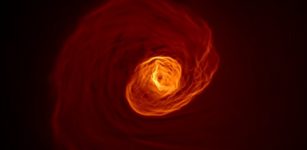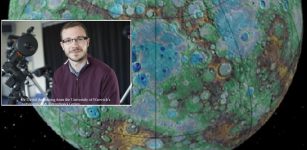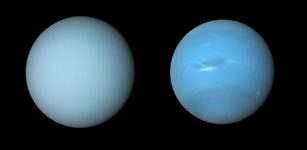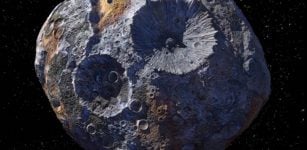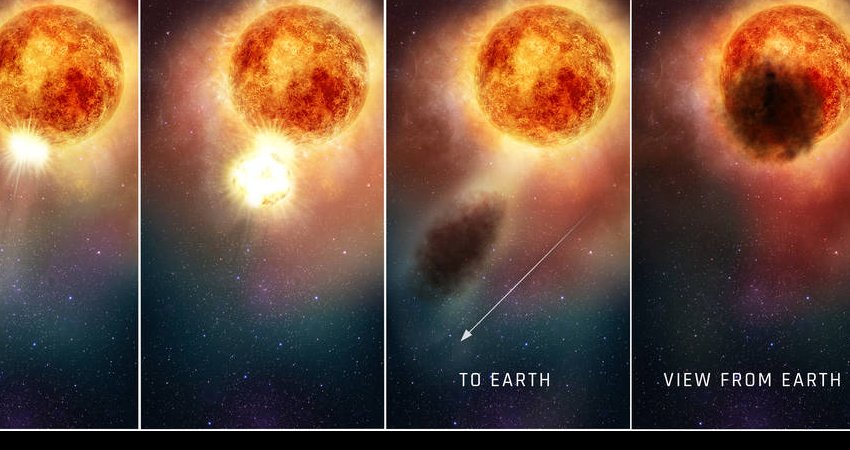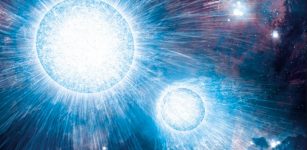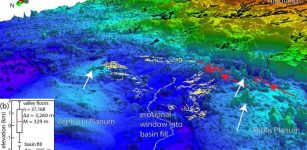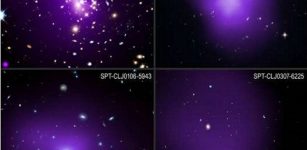First Ever Measurements Of Dangerous Radiation Exposure On The Lunar Surface
Eddie Gonzales Jr. – MessageToEagle.com – Human exploration of the Moon is associated with significant risks to astronauts from space radiation.
On the surface of the Moon, astronauts experience chronic exposure to galactic cosmic rays and sporadic solar particle events.
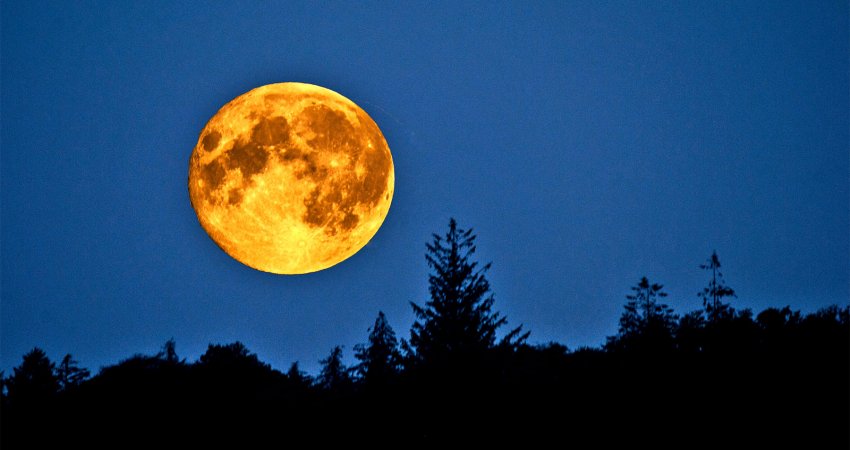 Image source
Image source
Using the “Lunar Lander Neutron and Dosimetry” (LND) was developed and built at Kiel University, researchers can for the first time calculate the so-called equivalent dose.
This is important to estimate the biological effects of space radiation on humans.
“The radiation exposure we have measured is a good benchmark for the radiation within an astronaut suit,” said Thomas Berger of the German Aerospace Center in Cologne, co-author of the paper.
“The measurements show an equivalent dose rate of about 60 microsieverts per hour. In comparison, on a long-haul flight from Frankfurt to New York, it is about 5 to 10 times lower, and on the ground well over 200 times lower. Since astronauts would be on the moon for much longer than passengers flying to New York and back, this represents considerable exposure for humans, said Robert Wimmer-Schweingruber from Kiel University, whose team developed and built the instrument.
“We humans are not really made to withstand space radiation,” explained second author Wimmer-Schweingruber.
“However, astronauts can and should shield themselves as far as possible during longer stays on the moon, for example by covering their habitat with a thick layer of lunar soil,”
The Apollo astronauts carried so-called dosimeters with them, which performed rudimentary measurements of the total radiation exposure during their entire expedition to the moon and back again.
The device from Kiel takes measurements during the lunar “daylight”, and like all other scientific equipment, switches off during the very cold and nearly two-week-long lunar night, to conserve battery power. The device and lander were scheduled to take measurements for at least a year, and have now already exceeded this goal. The data from the device and the lander is transmitted back to earth via the relay satellite Queqiao, which is located behind the moon.
Since the moon has neither a protective magnetic field nor an atmosphere, the radiation field on the surface of the moon is similar to that in interplanetary space, apart from the shielding by the moon itself.
“This is why the measurements taken by the LND will also be used to review and further develop models that can be used for future missions.
“For example, if a manned mission departs to Mars, the new findings enable us to reliably estimate the anticipated radiation exposure in advance. That’s why it is important that our detector also allows us to measure the composition of the radiation,” said Wimmer-Schweingruber.
Written by Eddie Gonzales Jr. – MessageToEagle.com Staff

